Equipment
The most important fitting elements for distance
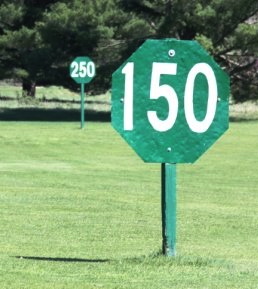
The desire for more distance lives strong in almost every golfer, and nowhere is the desire for more distance stronger within golfers than with the driver. While keeping the ball in play is a key element for playing well, hitting the ball as far as possible also has its perks.
As much as everyone wants to hit the ball 300 yards, there is one cold, hard fact that all golfers have to accept. The single greatest contributor to distance is clubhead speed. Plain and simple, those with the highest clubhead speed hit the ball farther. Just how important is clubhead speed to distance?
For each 1 mph increase in clubhead speed with a driver, carry distance increases by 2.8 yards.
That doesn’t sound like much when you think about only a 1 mph increase in clubhead speed, but it is. The next time you play with a golfer whose driver clubhead speed is 10 mph faster than yours, when the two of you walk to your balls in the fairway you’re going to be 28 yards behind him. That means he also will be hitting 2, 3 and sometimes 4 clubs less into the green for the approach shot. And that’s just for a 10 mph difference in driver clubhead speed.
But don’t get discouraged if you are clubhead speed challenged. Thanks to advances in the custom club fitting technology and the fact that many golfers play with drivers for which they were not correctly fit, within most golfers resides the chance for more distance, not just with the driver but with all the clubs in the bag. When it comes to game improvement through an increase in distance, gaining more distance with the fairway woods, hybrids and irons can have more of a positive effect than gaining distance with the driver.
What are the club fitting specifications that have the most effect on maximizing distance for golfers?
As with each of the game improvement factors, through our research we have been able to identify which fitting specifications have a major effect (“A effect” specifications) and others which have a medium effect (“B effect” specifications) on distance. In addition, some of the fitting specifications show their effect for distance more with one segment of the clubs than with others. In the chart accompanying this article, we have identified which fitting specs have more of a major “A Effect”, which have a medium “B Effect” and which have no effect on distance.
The “A Effect” Fitting Specifications for Distance
Clubhead Loft Angle
With most of the clubs in the bag, the lower the loft angle on the clubhead, the farther the golfer will hit the ball. However as golfer clubhead speed decreases, the loft angle that generates the most distance may be higher than what you’re playing. This is because each golfer’s best loft for maximizing distance with the driver has to be matched to the golfer’s clubhead speed and their angle of attack into the ball.
The higher the clubhead speed and more upward the angle of attack, the lower the driver loft should be to optimize the golfer’s potential for distance. And the lower the clubhead speed and/or the more downward the angle of attack, the higher the loft of the driver must be to optimize distance.
The technicians at TrackMan have compiled a series of charts that reveal the optimum launch parameters for distance for different combinations of driver clubhead speeds and angles of attack. The charts below reveal TrackMan’s findings for the optimum launch parameters for TOTAL distance to incorporate a balance between carry distance with a flat enough angle of descent to encourage good roll after landing.
The way the following TrackMan data is used to fit for optimum distance is to find whatever combination of driver loft and shaft will result in launch parameters that are as close as possible to TrackMan’s optimum launch parameters for each combination of clubhead speed and angle of attack.
With respect to each golfer’s optimum loft for maximum distance, fairway conditions must always be considered. As the fairways become more firm and conducive to more roll of the ball after landing, each golfer’s optimum driver loft will be lower by 1 to 3 degrees than their optimum loft depending on the golfer’s clubhead speed and angle of attack.
Serious golfers who play multiple courses with different fairway conditions are wise to keep two drivers in their full complement of clubs, one which has a loft fit to deliver maximum carry distance and a second one with a lower loft to encourage more roll after landing. When playing courses that are wet, lush or have longer grass, the use of the higher loft/maximum carry driver will be better. On courses that are dry, firm and have shorter grass, the lower loft driver will deliver the most distance.
For all golfers, lower loft in the irons will result in more distance. However, lower loft in the irons can bring a decrease in shot consistency. The best way to benefit the most from a distance fitting standpoint with lower loft irons is to be smart about your set makeup. Become aware of the iron loft below which your shot consistency drops significantly. Use hybrids or fairway woods up to that loft, and then irons from that point down.
Vertical Roll Radius (Driver more than fairway woods and hybrids)
All drivers, fairway woods and hybrids are designed with a horizontal radius across the face called “bulge,” as well as a vertical radius called “roll.” Since the advent of 460cc volume drivers, the vertical roll radius has become a more significant factor with regard to launch angle and distance.
The static loft of all clubheads made with a vertical roll radius is always measured in the geometric center of the face. The taller the face height and the greater the roll radius, the higher the loft will be at the top of the face, and the lower the loft will be at the bottom of the face in relation to the static loft of the head as measured in the center of the face.
Back when Drivers were 160cc, 200cc and even 250cc in volume, typical face heights were in the area of 36mm to 40mm (1.45 to 1.6 inches) tall. The average face height among today’s 460cc drivers is 53mm to 55mm (~2.1 inches). Yet many companies still use the same 10-inch roll radius used when driver face heights were much shorter. In today’s larger size drivers, this can result inasmuch as a 6-degree difference in loft from the top to the bottom of the face.
Thus when golfers hits the ball a little higher or lower on the face of a modern 460cc driver with a 10-inch roll radius, their launch angle can be adversely affected and a loss of distance can result. Golfers who have used drivers made with a much reduced roll radius (~20-inch roll) and fairway woods with virtually no roll (~30inch roll) have found their distance is much more consistent over the course of the impact position mistakes that happen to all golfers.
Clubface Design
Since the 1990s, the design of the clubface has become a very significant factor with respect to shot distance. Higher COR (coefficient of restitution) face design has contributed significantly to shot distance since it first appeared with the introduction of titanium drivers in the early-to-mid 1990s. Its advent prompted the USGA/R&A to enact a rule to restrict COR of all clubheads in 1998 to a maximum COR measurement of 0.830. In 2002, the COR test was replaced by the CT (Characteristic Time) test as the means to measure the spring face conformity of clubheads. A maximum CT measurement of 257 µsecs (microseconds) is now the limit with the rules of golf. While virtually all drivers today have been maxed out for their face CT, three things still exist within the design of the face that can offer more distance for golfers.
- Few driver heads are made with the CT at the 257 µsec limit of the rules of golf. Plus/minus manufacturing tolerances commonly occur such that conforming drivers exist today within a range of CT 225 to CT 257. For a golfer with a 100 mph driver clubhead speed, that random difference in CT can mean a carry distance difference of 5 to 6 yards.
Finding a driver head closer to the CT limit is far easier said than done. Few companies sort their driver heads by CT or by face thickness. From the few that do, this is an option for golfers to squeeze out the most distance possible with their driver. And test hitting driver after driver on a TrackMan or FlightScope to find the one with a maximum smash factor (ball speed ÷ clubhead speed) of 1.495 requires a very patient golf store salesperson or clubmaker!
Above: Measuring face thickness with an ultrasonic thickness gauge.
While there are companies that offer the service of CNC machining the face of existing drivers thinner to increase the CT, this at best is a risky proposition. I’m not aware that any of these companies perform an actual CT test after machining the face, so golfers will not know if the service resulted in their driver becoming non-conforming or whether the thinning of the face was done to a point that could cause a possible failure of the face in play.
- When it comes to the search for more distance, it is not all about the driver. While the first high COR fairway woods, hybrids and irons were developed by non-major companies several years ago, over the past few years, other companies also learned how to design the faces of fairway woods, hybrids and irons to deliver as high of a CT/COR as a driver. Significant distance increases are available when properly fit into higher COR fairway woods, hybrids and irons.
Achieving more distance from face design is not restricted to center hits. Some clubhead models, chiefly drivers, are designed with a variable thickness face (VTF) construction. If properly designed, the loss of distance from off center hits with a VTF face can be quite small. While a VTF is not significant in smaller face clubheads, such as fairway woods and hybrids, drivers and irons designed with a VTF exist which will offer a significant increase in off-center hit distance. At the end of the day, when it comes to golfers who want/need more distance, they’ll take that increase in distance anyway they can, even from off center hits!
Shaft Weight/Total Weight
The weight of the shaft controls the total weight of the golf club more than any other component. Using a substantially lighter-weight shaft to deliver lighter total weight clubs can allow most golfers to increase their clubhead speed, and from it, experience a reasonable increase in distance.
The key is how much lighter the new shafts are than the previous shafts. For the majority of golfers, the shaft weight decrease must be at least 20 to 25 grams or more before a clubhead speed increase is seen. Our years of research shows that as long as the swing weight is well matched to the golfer’s tempo and strength in the lighter shafted club(s), for a total weight decrease of 25 grams, an increase of 2 to 3 mph in clubhead speed can be seen.
Remember, for each 1 mph increase in clubhead speed with the driver, carry distance increases by 2.8 yards. Increase your clubhead speed by 2 to 3 mph with a lighter shaft and the distance increase can be worthwhile.
The “double edge sword” that accompanies a significant decrease in shaft weight is whether the golfer can avoid an increase in off-center hits from what is now a much lighter total weight in the club(s). Any increase in off-center hits can erase the distance increase that can come from a lighter shaft weight/total weight. The key is then to find the right swing weight (headweight feel) for each golfer to go with the lighter shaft weight/total weight.
The more forceful and aggressive the downswing, the higher the swing weight typically needs to be to offset the tendency of a much lighter total weight to cause the more aggressive swinger to become more inconsistent in their swing timing and on center hit performance.
Driver and Fairway Wood Length
The old adage, “the longer the club length, the higher the clubhead speed” only happens for golfers who have a later/very late unhinging of the wrist-cock release on the downswing. Each golfer achieves their highest clubhead speed the moment they complete their release of the club on the downswing. From that point on, the clubhead speed drops.
In addition, the longer the length of the club, the higher the moment of inertia of the fully assembled club will be. And the higher the MOI of the club, the more stress the club puts on the golfer’s swing path and release. Add one more undesirable effect that comes with longer club lengths – for virtually all golfers, the longer the length, the more they hit the ball off-center.
For golfers with an early-to-midway release, as well as golfers with below average golf athletic ability, going longer with the driver to achieve more distance often results in the opposite effect – a loss in distance due to no increase in clubhead speed with an increase in the number of off-center hits.
From our fitting research, the golfers we have found who have the greatest chance of gaining distance from a longer length are those with a smooth tempo, late release, good sense of swing timing and rhythm and a slightly flatter swing plane. If you fit this description and you are in search of more distance, by all means have a go with a 46-inch or 47-inch driver! If not, and that means if you lack two or more of the above swing characteristics, you’ll do a lot better with a driver no longer than 43.5 to 44 inches (men) or 42 to 43 inches (women).
Swing weight/MOI of the Clubs
The swing weight (aka head weight feel) of each golfer’s clubs have a key influence for on center-hit consistency and can also affect the swing path, release and angle of attack — all of which can have a significant effect on shot distance.
If the swing weight is too low for the golfer’s transition force, downswing aggressiveness and overall strength, the golfer will have a tendency to fight their swing tempo consistency. Too low of a swing weight for the more aggressive swinging golfer can also bring about more tendency to do one or all of the following:
- Swing over the top, or outside in
- Swing with more of a downward angle of attack
- Release the club too early
From this can come more off center hits and a higher level of shot inconsistency, all of which can adversely affect shot distance.
Conversely, if the swing weight is too high for the golfer’s natural swing tempo and strength, a loss in clubhead speed can occur along with too much movement and a loss of balance in the swing, each of which can also contribute to a loss of distance. Finding the right swing weight (head weight feel/MOI of the fully assembled clubs) is more often than not a trial and experimentation process.
The best way to do this is to build a test club for the golfer which has all of the golfer’s correct specifications for length, loft, lie, face angle, shaft and grip style/size – but which is made with no weight added to the clubhead yet. The golfer then hits shots while weight is added to the head, a little at a time until the on center shot results are more consistent and the golfer begins to indicate their swing tempo feels more consistent and easier to repeat.
The “B Effect” Fitting Specifications for Distance
The concept of the B Effect specifications on each of the game improvement factors is to say that on their own, each of these specifications may not bring about much more than a subtle improvement. However, if any of the B Effect specifications are poorly matched to the golfer in his/her current clubs, it then is more likely the change in the B Effect specifications can offer visible improvement.
Keep in mind that in combination, the proper fitting of several to all of the B Effect specifications can add up to be almost as important as some of the “A Effect” specs on a game improvement factor.
Clubhead Center of Gravity (CG) Location
The most significant effect that the clubhead center of gravity has on distance is a negative effect – when impact with the ball is not in line with the vertical plane through the CG, the off center hit that results will cause a moderate to significant loss in distance. Therefore, from a distance standpoint, any fitting changes that result in more consistent center contact (length, shaft weight, total weight, swing weight better fit to the golfer’s swing characteristics) are key to the relationship of the CG to shot distance.
The other relationship that clubhead CG can have to distance is the effect of the CG on the launch angle of the shot, versus the golfer’s clubhead speed and angle of attack. For some golfers, using a lower CG clubhead can increase the launch angle to a point that for the golfer’s clubhead speed and angle of attack, the higher launch angle results in more carry distance.
This is one reason why many golfers hit a hybrid longer that has the same length and same loft as an iron.
Shaft Flex and Shaft Bend Profile
A change in the overall stiffness (flex) and/or the bend profile (distribution of stiffness over the shaft’s length) can result in a distance increase or decrease for some golfers. However, the only ways that a distance increase from a shaft flex/bend profile change this can happen is if:
- The flex/bend profile change results in a more optimum launch angle and/or spin for the golfer’s clubhead speed and/or angle of attack than the shaft played previously by the golfer.
- For some golfers with a more refined or specific sense of feel for the bending action of the shaft, a change into a shaft that falls right in the wheelhouse of feel for the golfer will result in the golfer now swinging the club more freely, more unrestricted and with more of a full free release that brings about a higher clubhead speed and with it, more distance.
Iron Length
Changes in the length of the irons have far less of a direct relationship to shot distance than do length changes in the driver or the woods. The reason is because unlike drivers and woods, the current standard lengths in irons are within 0.5 inches of what the standard lengths for irons were for past decades. For most golfers, a proper fitting for iron length ends up making the irons within an inch or less different in length than the industry standards.
Our testing over the years with respect to iron length has shown that virtually no golfer experiences a clubhead speed change from a change in iron length of 0.5 inches. Only for some golfers will an iron length change of 1 inch begin to result in a consistent change in clubhead speed. It is typically only when irons are made more than an inch different in length for a golfer that visible increases in shot distance for the same iron loft occur. Not very many golfers end up playing with iron lengths that are more than an inch different from what they played previously.
Hence length fitting in the irons is much more of a factor for on center hit improvement and overall swing tempo/rhythm consistency.
Set Makeup
The manner in which a change in set makeup results in a possible change or improvement in distance is by replacing hard to hit clubs with clubs that allow the golfer to hit the ball more consistently and more solid for the same loft. The most typical example for how a change in set makeup affects overall distance is when the golfer gets rid of one, two or more of the low loft irons to be replaced by hybrids or high-loft fairway woods.
Bottom line for Distance Fitting
- Most golfers of all handicap levels are playing with drivers and fairway woods second that are too long for their swing ability, which cause a higher level of swing inconsistency and adversely affect distance.
- Most golfers who shoot low 80s and higher are not playing with the optimum driver length, loft and face angle for their clubhead speed and angle of attack, and for the predominant fairway conditions they encounter.
- Many golfers have not found the best combination of shaft weight and swing weight that will achieve the highest level of swing consistency and clubhead speed for their ability.
- Most golfers may not gain much distance with the driver, but they can gain significant distance using higher COR fairway woods, hybrids and irons that are also properly fit for length, loft, lie, face angle, total weight, swing weight and grip feel/size.
- Precisely finding the correct shaft stiffness design is typically more important for distance for very skilled players with a late release than it is for average ability players.
- Wise set makeup selection will increase the consistency of achieving maximum distance for more of the clubs in the bag.
- Committing to a good physical training regimen that focuses on flexibility and core strength is a proven way to increase clubhead speed and from it, distance.
Click here to see what members are saying in the forums.
- LIKE70
- LEGIT18
- WOW8
- LOL1
- IDHT2
- FLOP1
- OB1
- SHANK3
Whats in the Bag
Max Homa WITB 2024 (April)
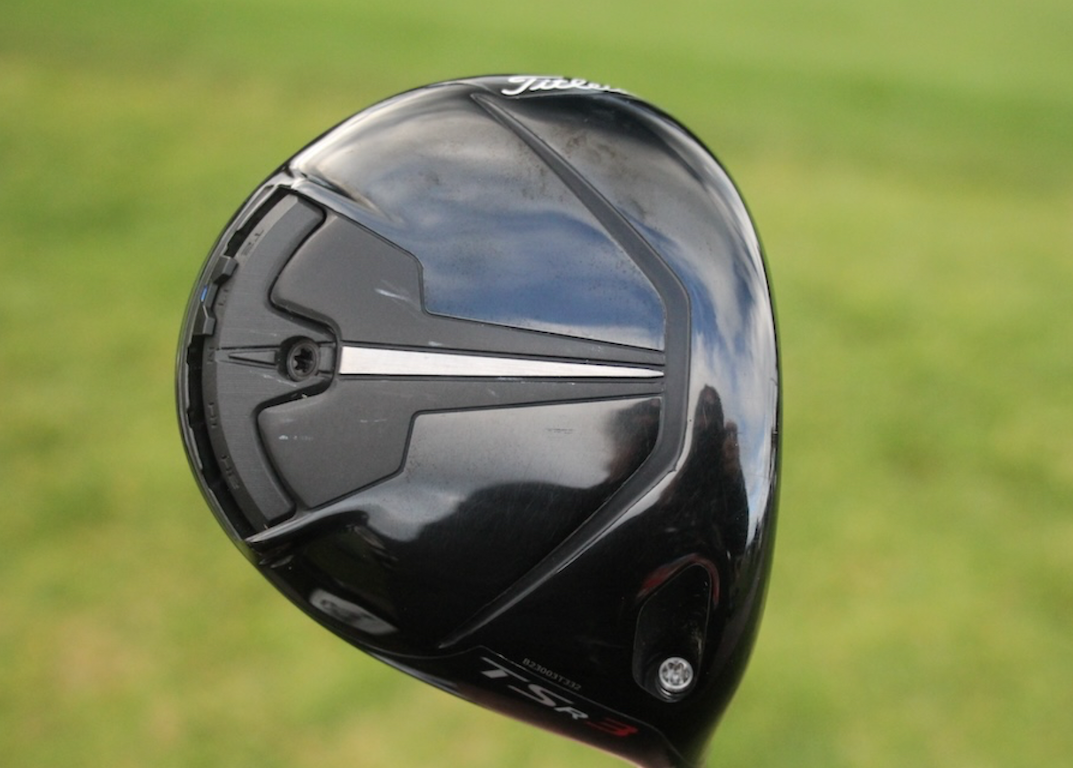
- Max Homa what’s in the bag accurate as of the Masters.
Driver: Titleist TSR3 (9 degrees, D1 SureFit setting)
Shaft: Fujikura Ventus TR Black 6 X
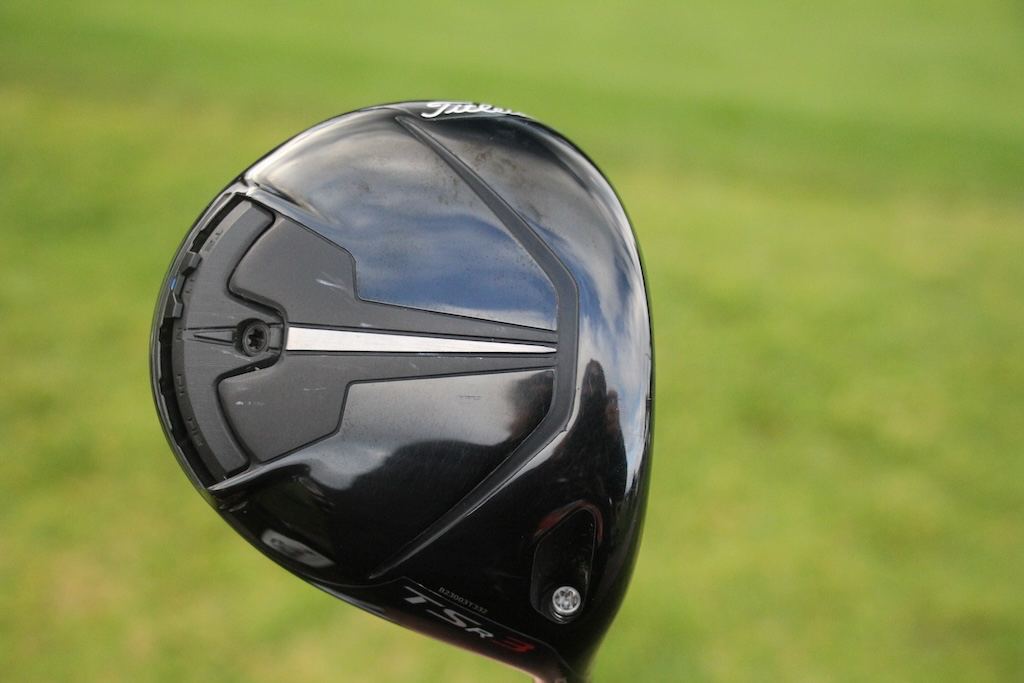
3-wood: Titleist TSR2+ (14.5 degrees, A1 SureFit setting)
Shaft: Mitsubishi Tensei 1K Red 80 TX
5-wood: Titleist TSR2 (21 degrees @19.25, D1 SureFit setting)
Shaft: Fujikura Ventus Blue 9 TX
Irons: Titleist T100S (4), Titleist T100 (5), Titleist 620 (6-9)
Shafts: KBS $ Taper 130 (4-9)
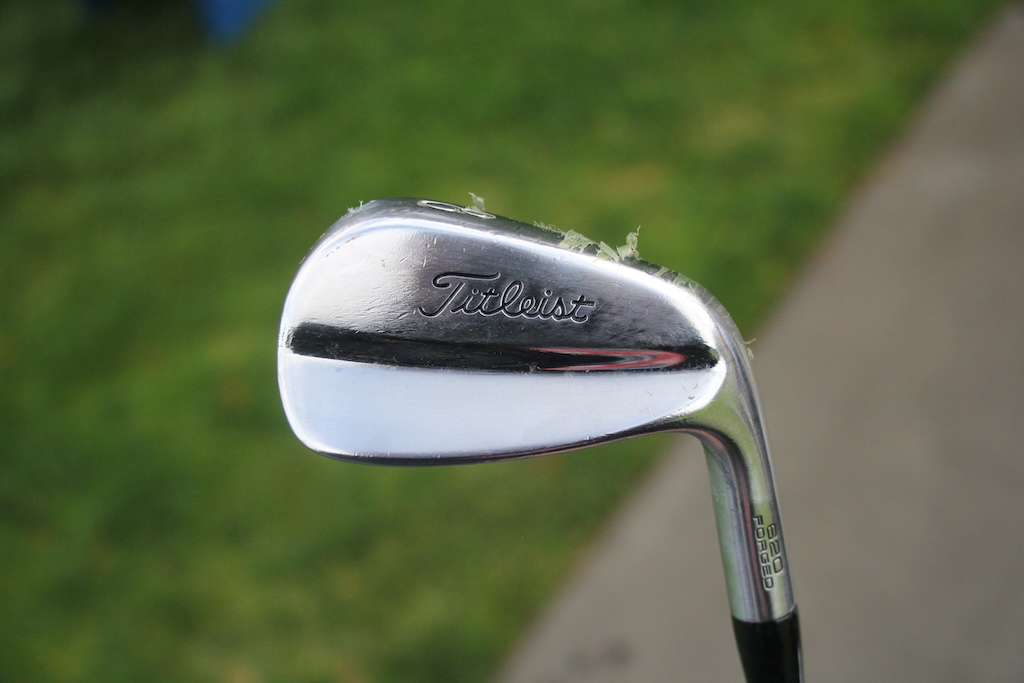
Wedges: Titleist Vokey Design SM10 (46-10F, 50-12F, 56-14F), WedgeWorks (60)
Shafts: KBS $ Taper 130 (46) KBS Hi-Rev 2.0 135 X (50, 56), KBS Hi-Rev 2.0 125 X (60)
Putter: Scotty Cameron T-5.5 Proto
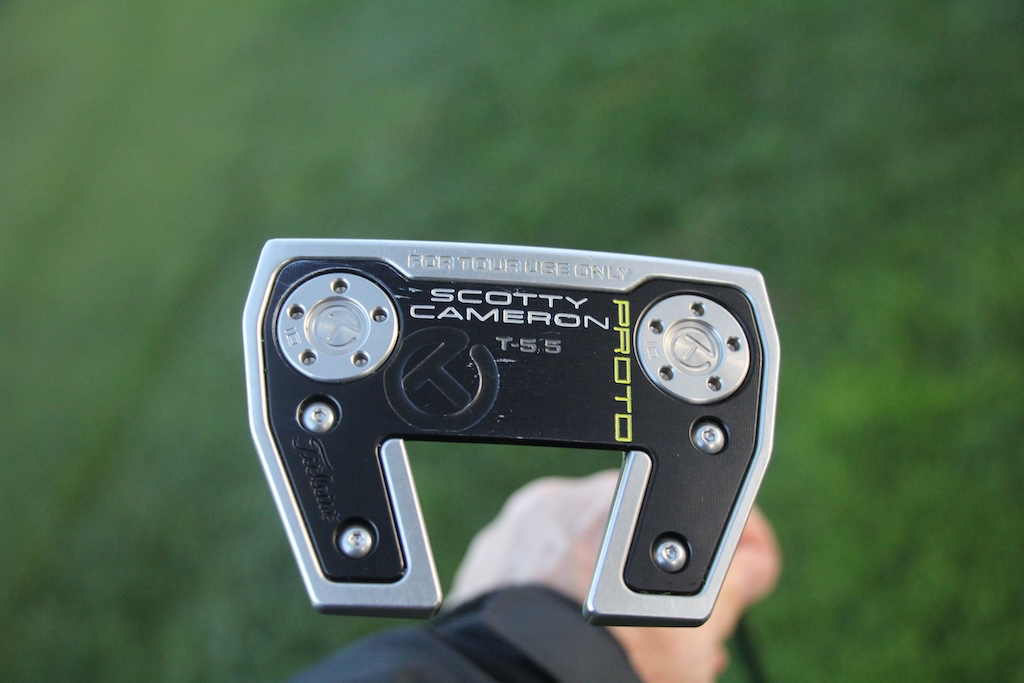
Grips: Golf Pride Tour Velvet Cord
Ball: Titleist Pro V1
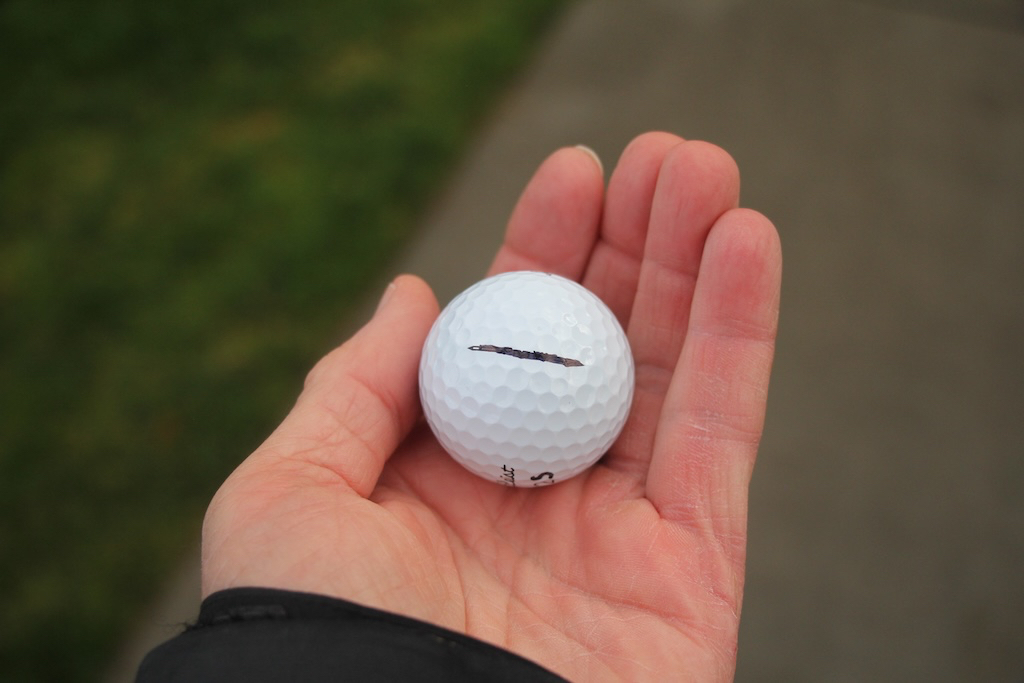

More photos of Max Homa’s WITB in the forums.
- LIKE9
- LEGIT0
- WOW0
- LOL0
- IDHT0
- FLOP0
- OB0
- SHANK1
Whats in the Bag
Bryson DeChambeau WITB 2024 (April)
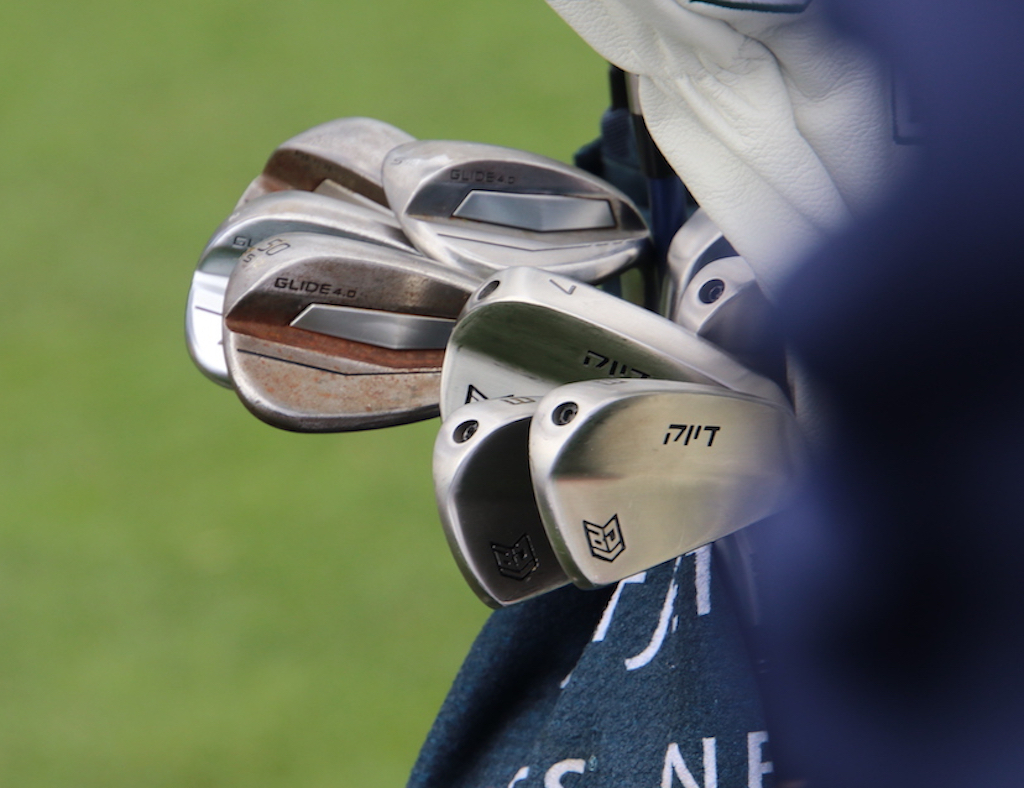
Driver: Krank Formula Fire Pro (6 degrees)
Shaft: Project X HZRDUS T1100 75g 6.5
Mini driver: TaylorMade BRNR Mini Driver (11.5 degrees @10)
Shaft: Project X HZRDUS T1100 75g 6.5
- Unconfirmed. We are working to gather details.
5-wood: Krank Formula Fire
- Unconfirmed. We are working to gather details.
Irons: Avoda Prototype (5-PW)
Shafts: LA Golf Prototype
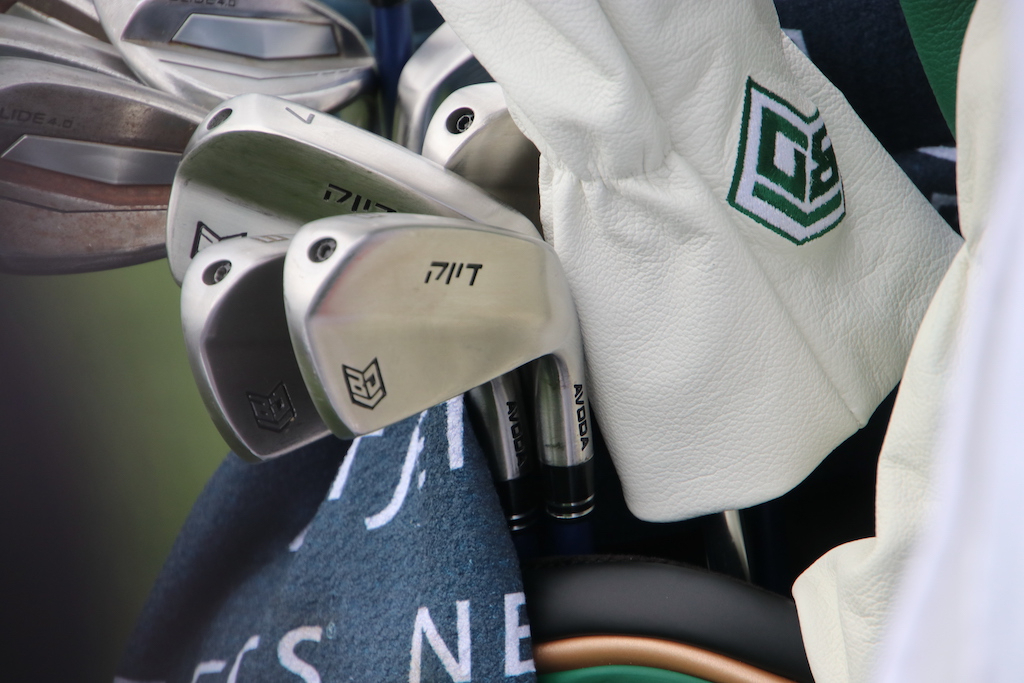
Wedges: Ping Glide 4.0 (46-12S @45, 50-12S, 56, 60)
Shafts: LA Golf Prototype
Putter: SIK Pro C-Series Armlock/LA Golf Proto
Shaft: LA Golf C2L-180
Grip: JumboMax JumboFlat 17
Grips: JumboMax UltraLight XL
Ball: Titleist Pro V1x Left Dash
- LIKE11
- LEGIT2
- WOW2
- LOL0
- IDHT0
- FLOP0
- OB0
- SHANK0
Equipment
Accra launches new GX wood and hybrid shafts

Accra Golf shafts have long been synonymous with fitting, and the new GX line of driver, fairway, and hybrid shafts continues that legacy.
Since 2004, Accra has been making high-end performance golf shafts that use the latest in materials and design philosophy. Their group of around 350 fitters are some of the best and most highly ranked in the world. While you might see other brands on professional tours more often, there are plenty of touring pros using Accra products and winning.
Accra’s new GX line of shafts is designed to offer a consistent and accurate shaft to a wide range of players. The GX line consists of 3 different shafts in driver, fairway, and hybrid designs.
The Accra GX shafts are designed for fitters to dial in golfers to the perfect shaft for their swing. Accra included a ton of technology into the GX line including their S3 profiling, DyMatch, and Constant Flex technology. DyMatch has been Accra’s quest to ensure that all shafts in a family feel and perform similar from driver to hybrid or iron shaft. Typically shafts get stiffer as they go up in weight, but Accra’s Constant Flex keeps the flex of the shafts consistent so fitters and golfers can dial in the weight that the golfer need without have to work around a stiffer or softer flex. Accra worked with Cool Clubs to build out its S3 Shaft Profiling system that not only allows a quick and easy EI profile of any shaft, it helps with quality control to ensure shafts come out of production exactly as they were designed.
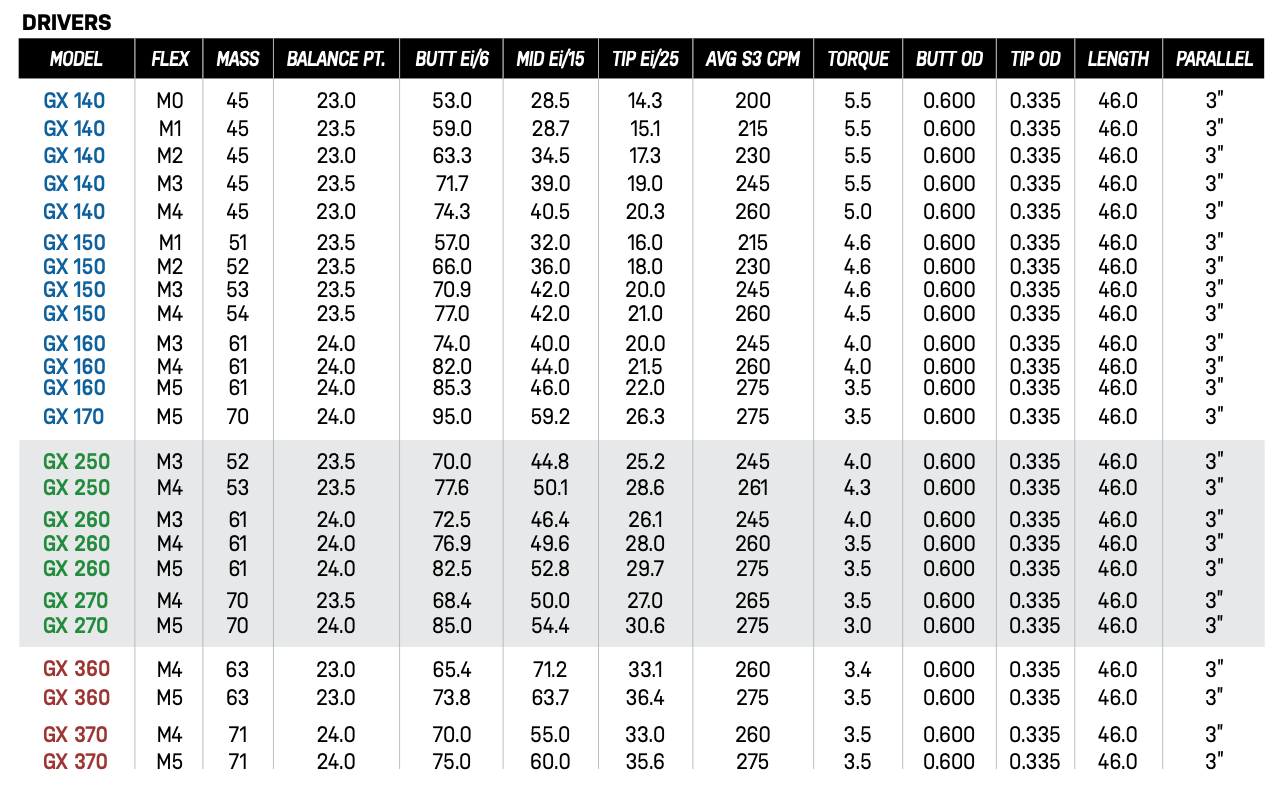
Accra GX Red 300 Series

GX Red is lowest launching and spinning option in the GX line. Driver shafts have fewer options with just the 360 and 370 models that come in at 63 and 71 grams. The GX Red is made for faster swinging, or stronger, players who require a stiff (M4) or x-stiff (M5) shaft for their swing. Fairway and hybrid models are also on the higher weight side with the fairway clocking in at 80g and 90g for the hybrid. Accra designed this series with one of the stiffest tip sections of any Accra shaft in the current line, and while it is built to control launch and spin, the Red 300 Series will still offer that smooth feel.
Accra GX Green 100 Series

If your swing usually works best with mid-launch and spin, then the GX Green 200 series might be the right shaft for you. Offered in more weight and flex options, you can get a GX Green in 52 grams and all the way up to 70 grams in regular, stiff, and x-stiff flexes. GX Green will give the player a smooth feel and transition from the handle down to the tip section while still providing great stability and consistency. Accra also focused on the energy transfer of this shaft, and golfers can see some increased ball speed compared to other shafts.
Accra GX Blue 200 Series

While the GX Blue 100 Series is the highest launching and spinning option in the GX lineup, it will still give golfers the control and consistency they need. Starting off at 40g, the GX Blue series puts an emphasis on lighter weight to allow players to swing the club faster, promoting more distance. Accra touts the stability of the GX 140 Blue driver shaft by stating that some long driver competitors have put it in play to try and gain every MPH they can. Matching fairway and hybrid shafts are both on the lighter side at around 60g for the fairway and 65g for the hybrid depending on the flex.
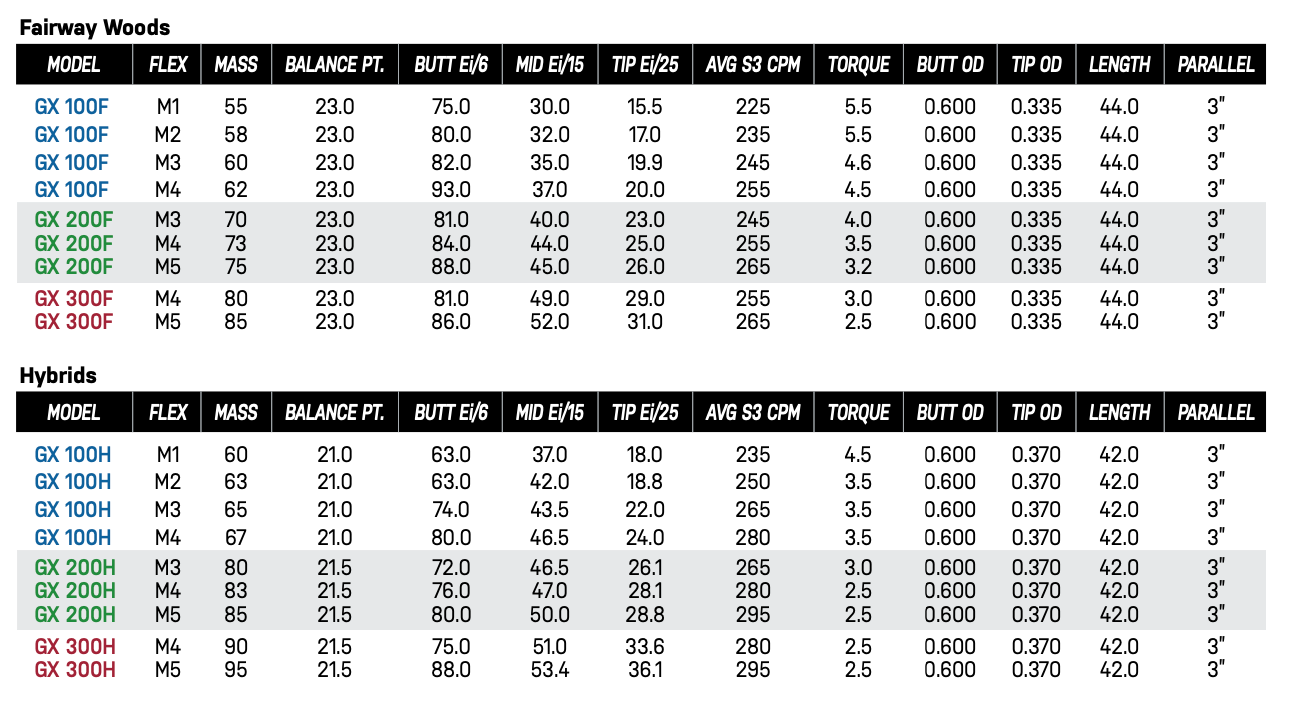
- LIKE1
- LEGIT0
- WOW0
- LOL0
- IDHT0
- FLOP1
- OB0
- SHANK0
-

 19th Hole6 days ago
19th Hole6 days agoDave Portnoy places monstrous outright bet for the 2024 Masters
-

 19th Hole2 weeks ago
19th Hole2 weeks agoThings got heated at the Houston Open between Tony Finau and Alejandro Tosti. Here’s why
-

 19th Hole7 days ago
19th Hole7 days agoTiger Woods arrives at 2024 Masters equipped with a putter that may surprise you
-

 19th Hole2 weeks ago
19th Hole2 weeks agoReport: Tiger Woods has ‘eliminated sex’ in preparation for the 2024 Masters
-

 19th Hole1 day ago
19th Hole1 day agoTwo star names reportedly blanked Jon Rahm all week at the Masters
-

 19th Hole2 weeks ago
19th Hole2 weeks agoAddiction, spinal fusion, and scam artists – Everything Anthony Kim revealed in candid interview with David Feherty
-

 19th Hole20 hours ago
19th Hole20 hours agoNeal Shipley presser ends in awkward fashion after reporter claims Tiger handed him note on 8th fairway
-

 19th Hole2 weeks ago
19th Hole2 weeks agoAnthony Kim says doctors told him that he ‘may not have much time left’ ahead of LIV return

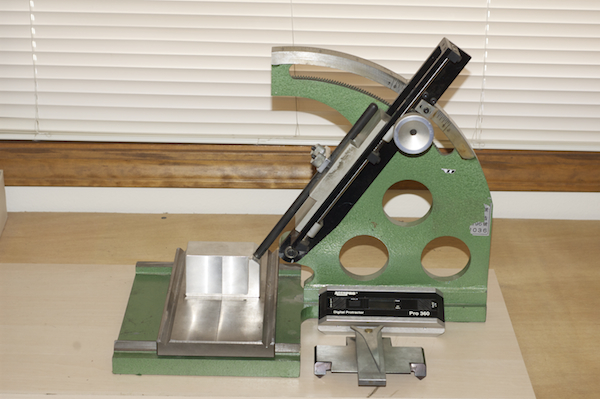
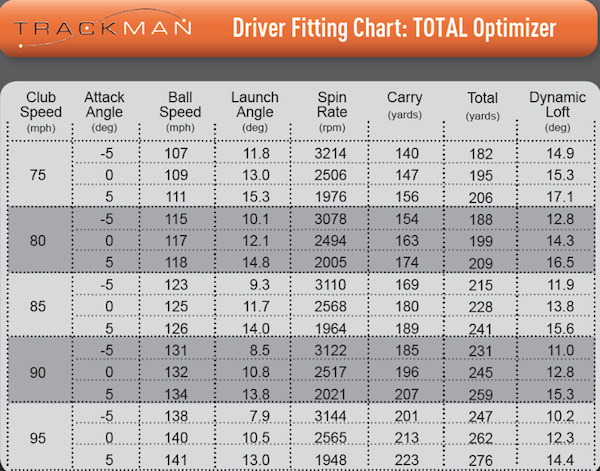
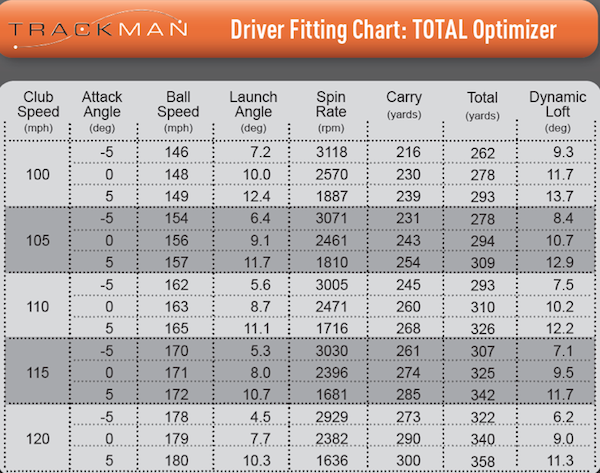
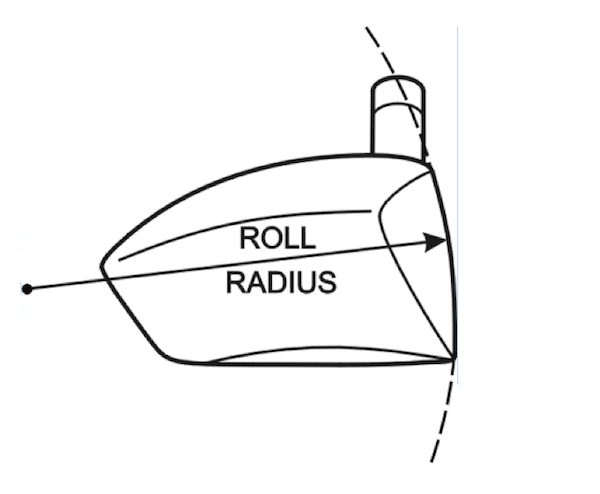
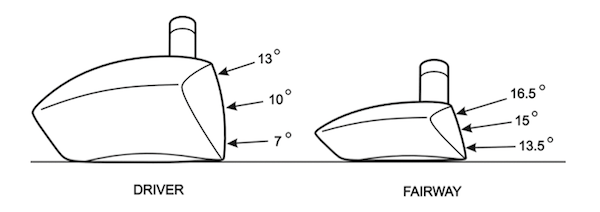
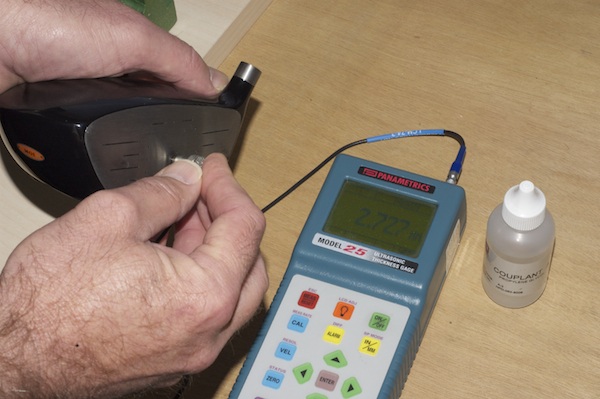
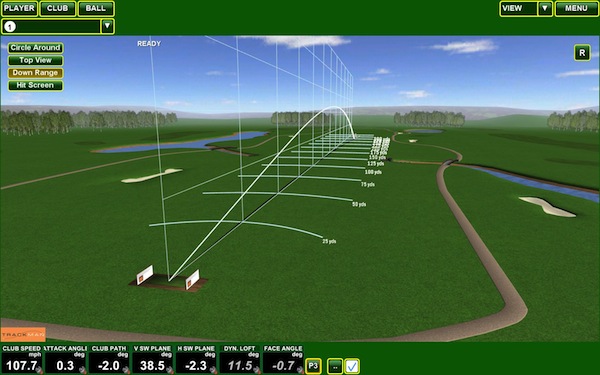
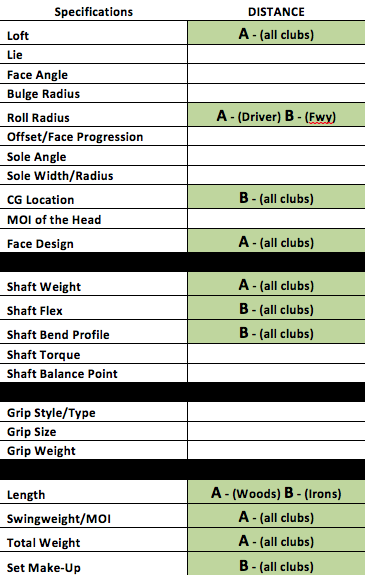


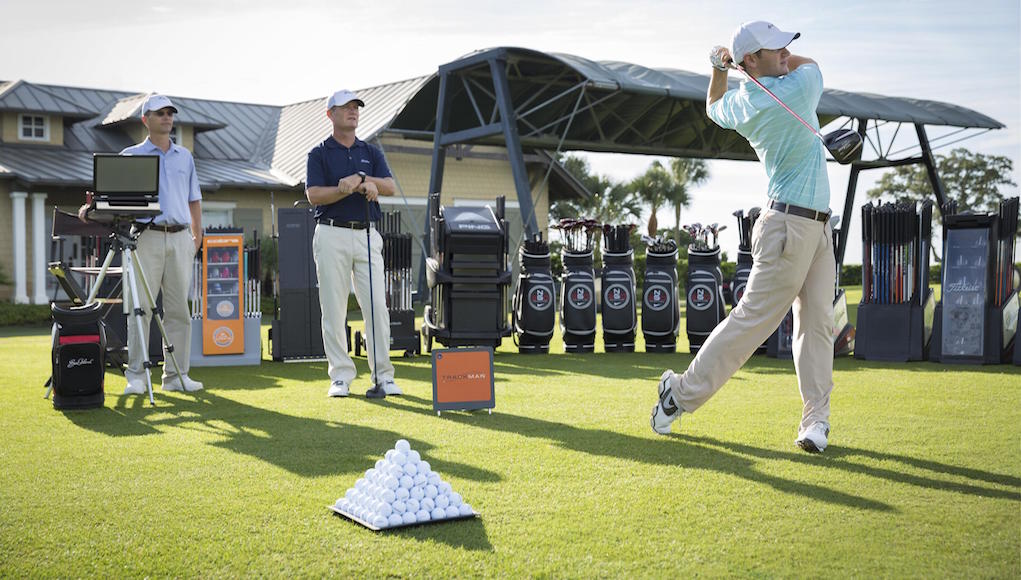
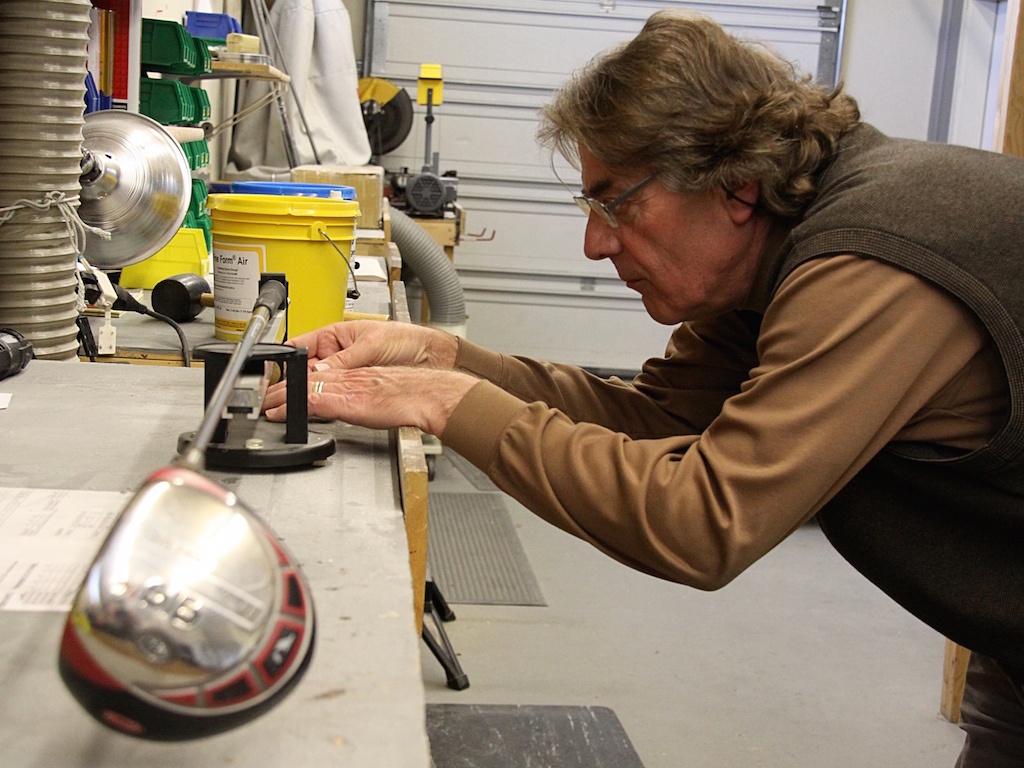

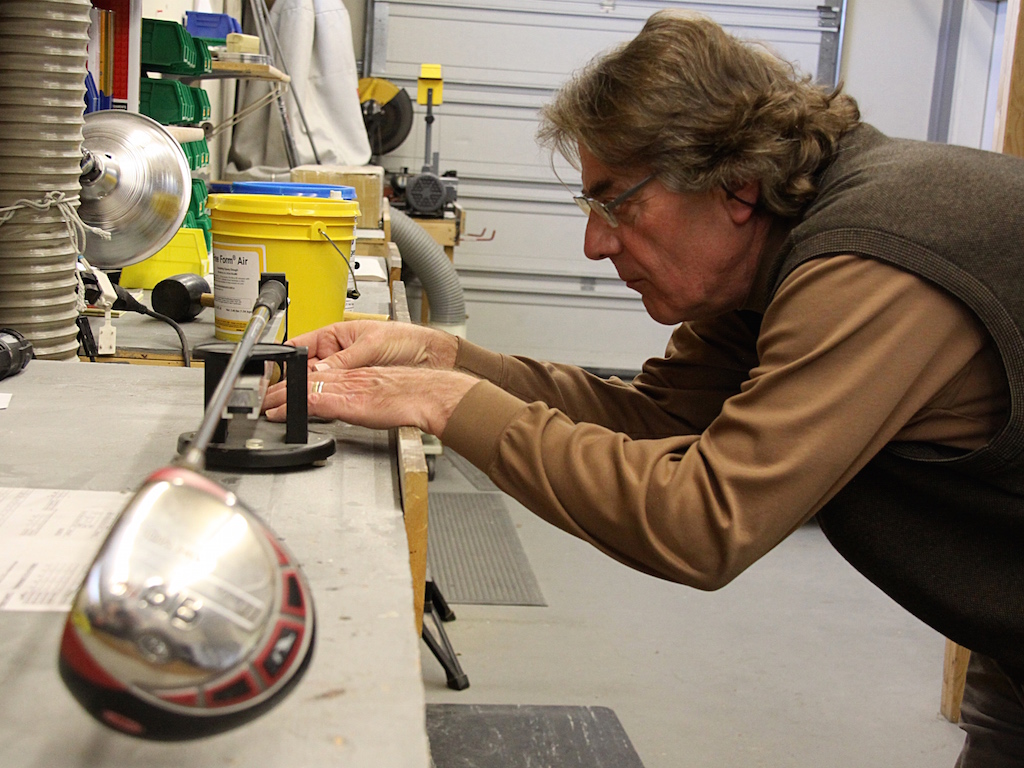
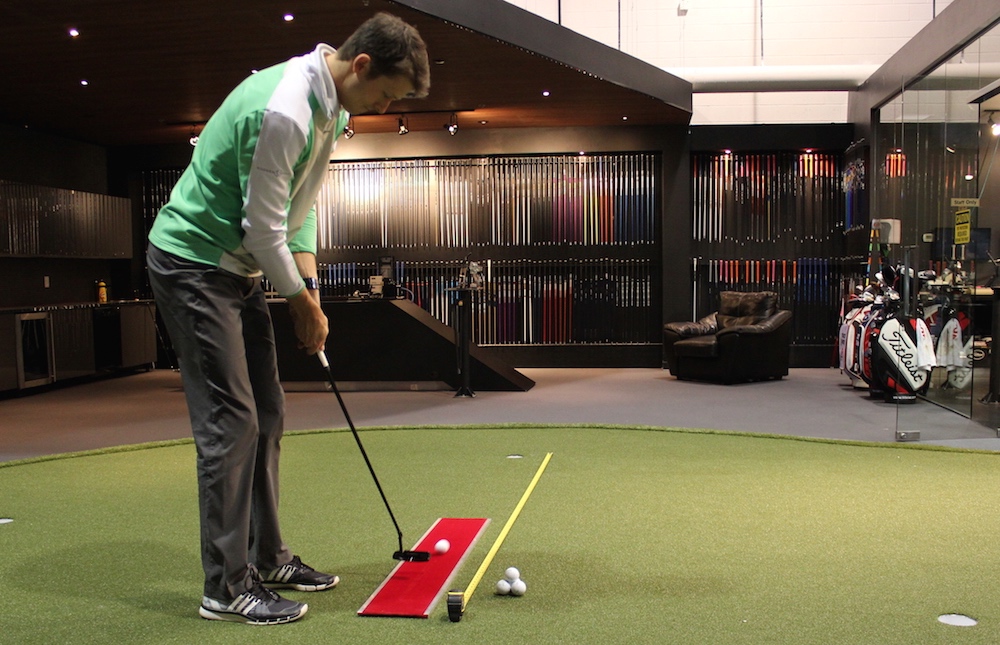
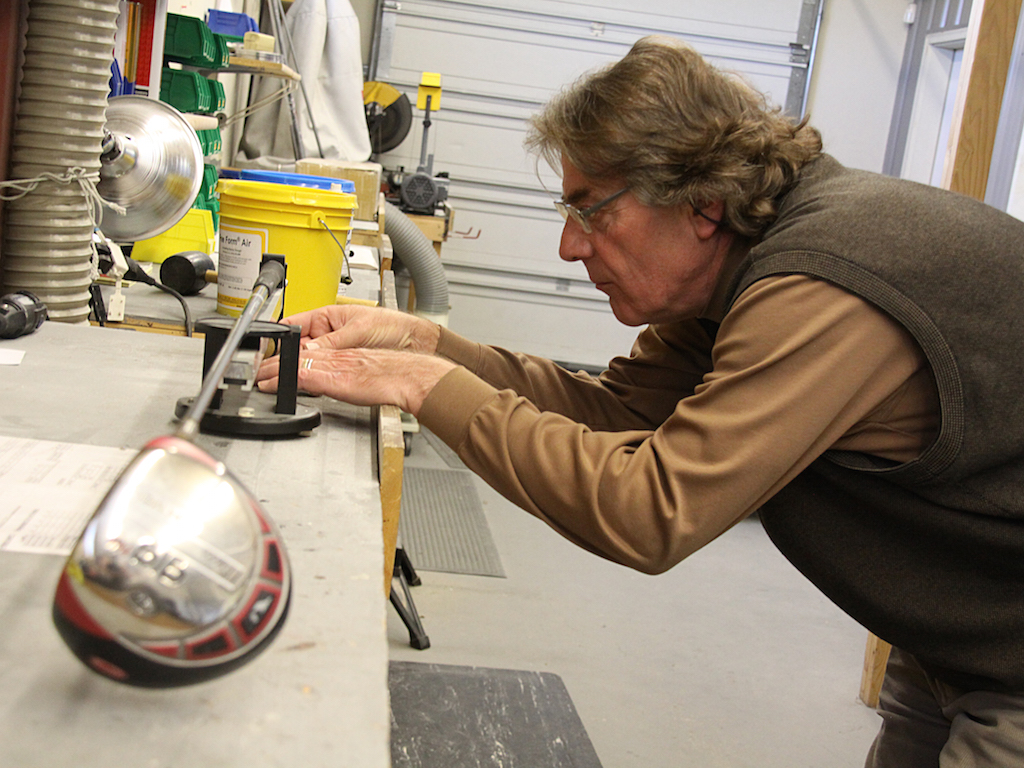















Rudy Villanueva
Mar 17, 2016 at 11:35 pm
What about grip size Will a standard size grip increase your swing speed over a mid size grip
Scooter
Jan 9, 2015 at 7:41 pm
Tom,
Im 6’0″ I currently game a 44.75″ driver is it possible thst with my driver and irons the swing weight is not “heavy” enough I currently play everything at D4 but I get the sensation that I never feel the club head.
ur mom
Oct 23, 2014 at 4:40 pm
ur mom
Double Mocha Man
Feb 24, 2014 at 11:59 pm
Tom, you didn’t mention anything about grip weight or grip sizes. I swing a very light driver built for increased swing speed. To further lighten the driver I swapped the 48 gram grip for a 25 gram. A significant lightening of the overall club. It gave the head of the driver seemingly more heft. And I would think larger grips would slow down the swing, no matter what size one is comfortable with. Thoughts?
Tom Spargo
Jul 24, 2013 at 6:04 pm
Great Article educating all golfers on critical factors of fitting.
Joe Golfer
Jul 22, 2013 at 3:23 pm
I ALWAYS enjoy the articles by Tom Wishon.
So informative, and always giving me info to dwell on.
I was surprised by the difference between Carry and Total distance on that Trackman chart. Seems every ball gets 50 extra yards of roll. They must be playing on courses with awfully short grass. Definitely not the Kentucky Bluegrass often found on Midwestern golf courses.
Also interesting info on the driver face “radius roll” allowing such a difference in loft, depending on where the ball is hit on the face. I guess that’s why Wishon’s own line of clubs reduces the “roll” on the face to accomodate for this factor.
Thanks again, Tom, for another very informative article. It’s nice that you put all the time and research into these articles, without bias.
I recall seeing a Wishon article elsewhere on the adjustable hosels, how it was supposedly impossible to change loft without changing lie angle, and how great the disparities were between listed loft on the club and the actual loft, sometimes as much as six degrees if memory serves me. I’d love to see that article on this website, but it did name the OEM companies, so it would be making some big name companies very unhappy.
Jack
Oct 5, 2013 at 12:03 am
I noticed the 50 yard rolls too. Although the distances seem to be optimal distances.
Brian
Jul 22, 2013 at 9:40 am
Nice arcticle. Most interesting to me was the characteristic time, manufacturing tolerances, and their effects on smash factor. I can just see the club fitters’ faces at my local golf shop if I were to show up to the hitting bay with 5 of the exact same driver!
Tom, are there manufacturers notorious for having higher or lower tolerances on the CT? Too bad that ultrasonic thickness gauge costs upward of $1k, otherwise I’d be at the golf shop tomorrow measuring every club I could get my hands on.
Tom Wishon
Jul 26, 2013 at 12:22 pm
There really are no ways to determine if there are companies that maintain a tighter tolerance on the COR/CT of their drivers other than as you said, to own a thickness gauge and drive the retail sales people nuts as you sit there and check each face of the same brand and model against each other ! And I am sure that would make you popular in any retail golf store ! HA!
angga prasetya
Jul 20, 2013 at 3:06 am
Great article Tom!! My driver and fairway woods have been fitted, currently using 44.75 inch driver, and i’m in the search of “my perfect” iron & hybrid shaft. Lately i have tried using a aerotech 80gr stiff iron shaft to my hybrid, and suprised it fit perfectly with my swing. So should i change my ns pro 950 gh regular to the same shaft as my hybrid? thanks Tom.
Angga